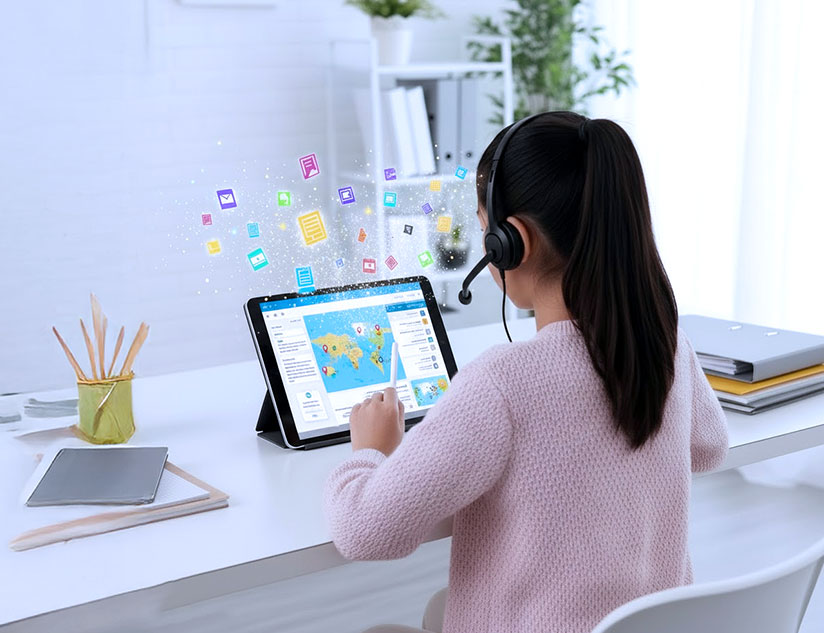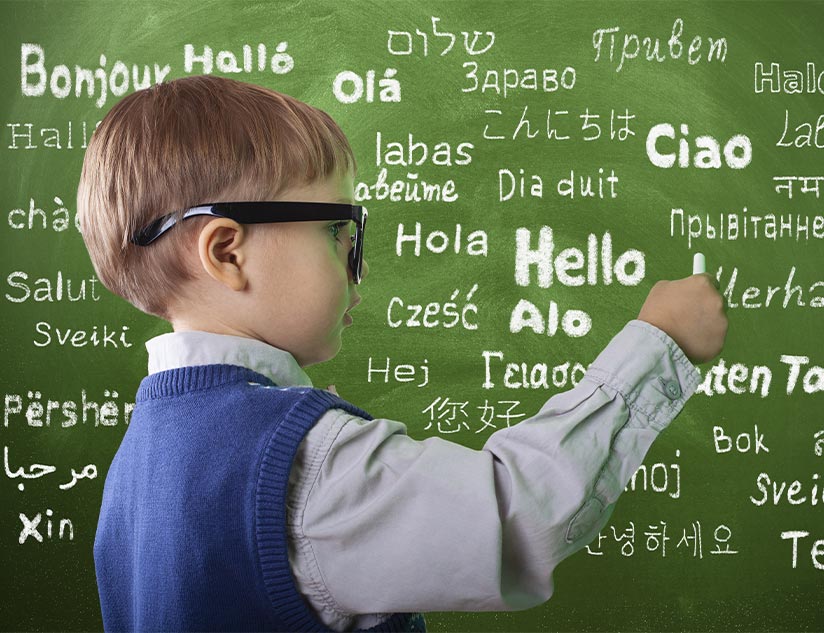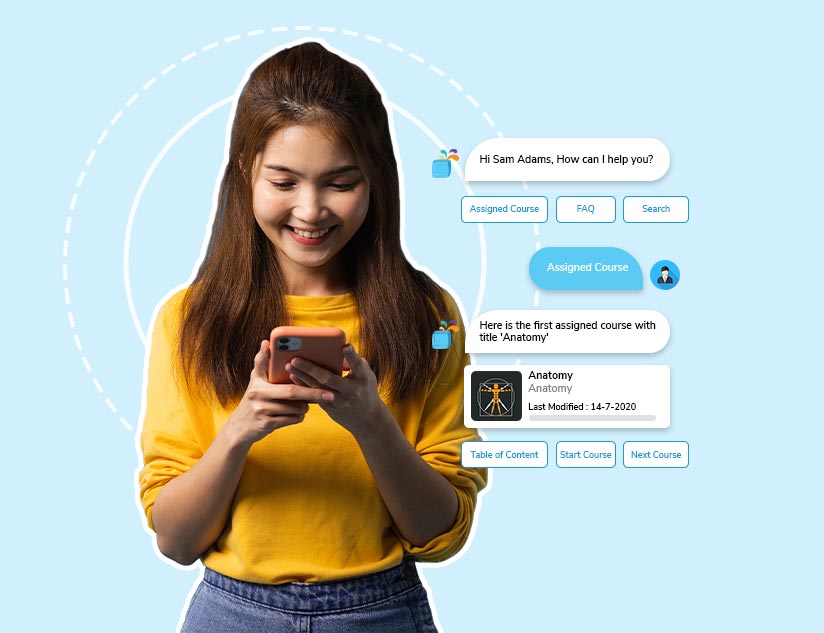With alarm bells ringing on the teacher crisis, classroom sizes across the globe are expanding. As the burden on existing teachers increases, the attention every student receives gets diluted. This is a concern, particularly in a student’s formative years when these young learners need more hand-holding at every step. This primary section is the one that suffers the most. Teachers have to accommodate more than 50 students in one classroom in some regions. It is almost twice the recommended number. Efforts are ongoing to recruit teachers in large numbers, but that is bound to take time, as learner and educator distribution are disproportionate. Against this backdrop, leveraging technology to bring teachers closer to learners is our best chance to help the next generation. There is a pressing need to make the most of digital learning solutions to empower teachers and address learner needs.
Digitizing the Classroom
A teacher plays multiple roles apart from achieving lesson completion. They are the motivators and communicators who ensure that each individual can capture the knowledge being imparted. Additionally, they work as co-learners to guide students and provide a conducive learning environment to support every child. Making relevant tools available for teachers can aid them in performing their jobs better. Providing a digital classroom equipped with technology and infrastructure to facilitate virtual learning can transform the present and future of education.
Benefits of Digital Learning Tools
A digital classroom provides all the necessary tools that assist teachers in fulfilling the purpose of education. These tools can help them to:
- Prepare lesson plans and automate learner journeys.
- Customize lesson progress and pace according to learner needs.
- Create assessments according to individual learner goals and evaluate them.
- Give 1st-level feedback that teachers can verify and augment.
- Suggest remedial plans to help students meet learning outcomes.
However, teachers need easy access to the appropriate tools and adequate training to make the most of the tools made available to them by online learning management solutions providers.
Identifying Appropriate Tools
Education technology has a myriad of tools. However, using them effectively requires understanding their application and aligning them with user needs. These tools are classified into a few broad categories:
Technology Solutions
These solutions provide ready-to-use tools and even content for teachers to swiftly prepare lessons, educational materials, answer keys, assessments, and more. For instance, ChatGPT, which has gained immense popularity for those seeking ready information, can ease the job of searching for relevant content and preparing lessons. In addition, tools like Canva help simplify the process of creating deliverable content.
Learning Management Systems (LMS)
An LMS is an integrated set of tools designed to work together to help teachers perform all the tasks, from curriculum planning, lesson creation, and assessment creation to evaluation, feedback, and remedial techniques. These tools also have the analytical abilities to customize education plans according to individual needs. Moreover, they automatically track learner journeys to help teachers gauge student progress. The best part is that they assist teachers in creating inclusive content to meet special learning requirements.
Learning Management Systems/ Learning Platforms
These are comprehensive tools that help do away with the administrative tasks of teachers. They can help maintain attendance, track student performance, grade papers, provide feedback, generate student reports, and much more. In addition, these systems eliminate the effort of combining the work done via disparate tools.
Content Distribution Platforms
Content distribution platforms may be independent or a part of an LMS. They help teachers to develop content that meets the compliance requirements of different regions and states to ease the adoption process. In addition, they facilitate the creation of multilingual content.
Developing Digital Literacy Among Educators
For effective deployment of all the tools available to help meet education goals by 2030, teachers need to be educated about using these tools. Often, these tools come equipped with acclimatization aids to assist teachers till they can independently perform all the tasks. Also, online solutions provide beginner sessions for a basic understanding of the dashboard, analytics, attendance, and reporting modules. It speeds up teacher inclusion into the virtual learning ecosystem.
An essential part of online learning is micro-credentialing. Since learners and educators are distant, all stages of learning must be monitored closely to ensure all-around student development. Therefore, teachers need to be educated about providing micro-credentials for every step of the learner journey. This supports the formative assessment paradigm and gives clear insights into the achievement of learning outcomes.
These tools are also equipped to measure teacher engagement. This helps determine whether the tool can simplify the task of teachers and not burden them with complex processes.
Therefore, online learning solutions are self-analytical and also gather feedback to assess tool efficacy for suggesting improvements to the developers.
Conclusion
The goal is to build an ecosystem of digitally facilitated learning where every learner has access to quality education. It can be achieved by assisting teachers in expanding their reach in areas where classrooms have none.
Schedule a demo with MagicBox now to augment your learning solution with state-of-the-art tools to boost adoption. Get to know the impact a well-equipped digital learning solution can have on teachers and their students.















